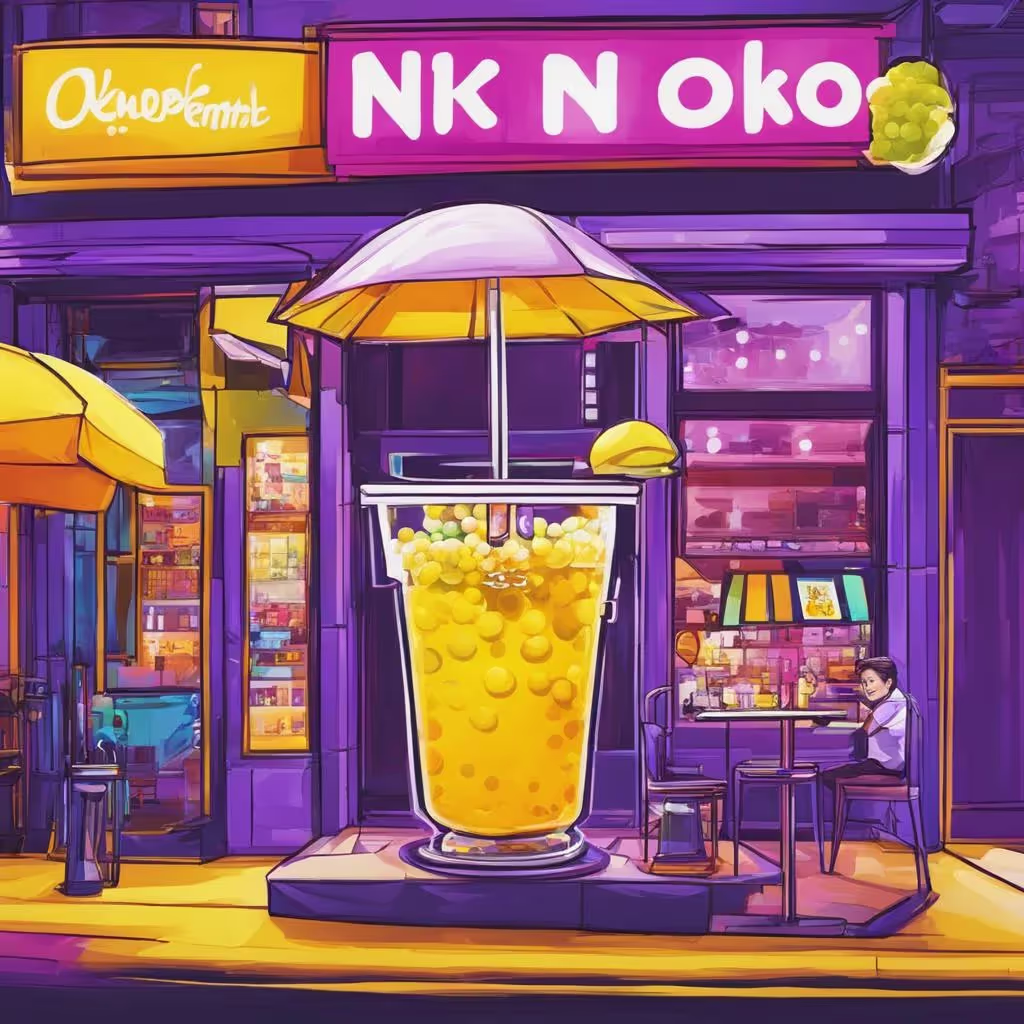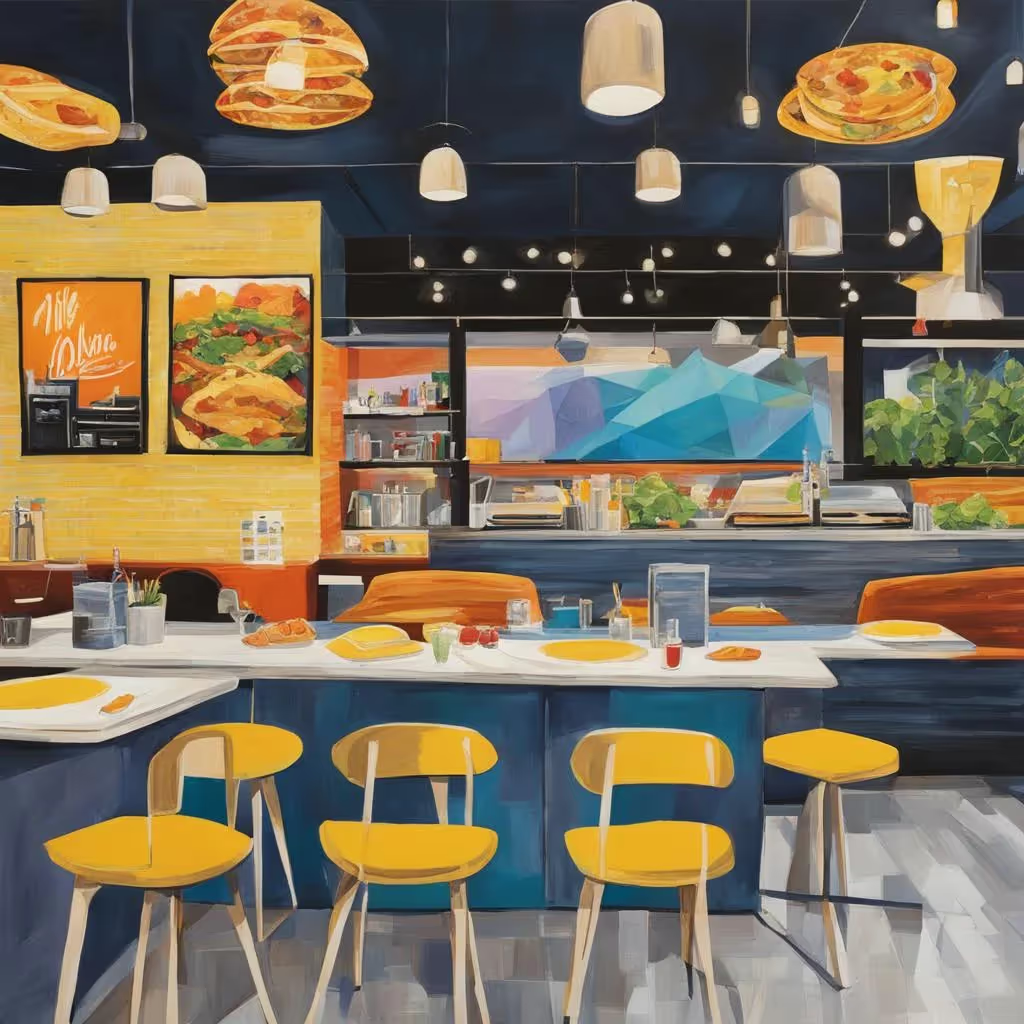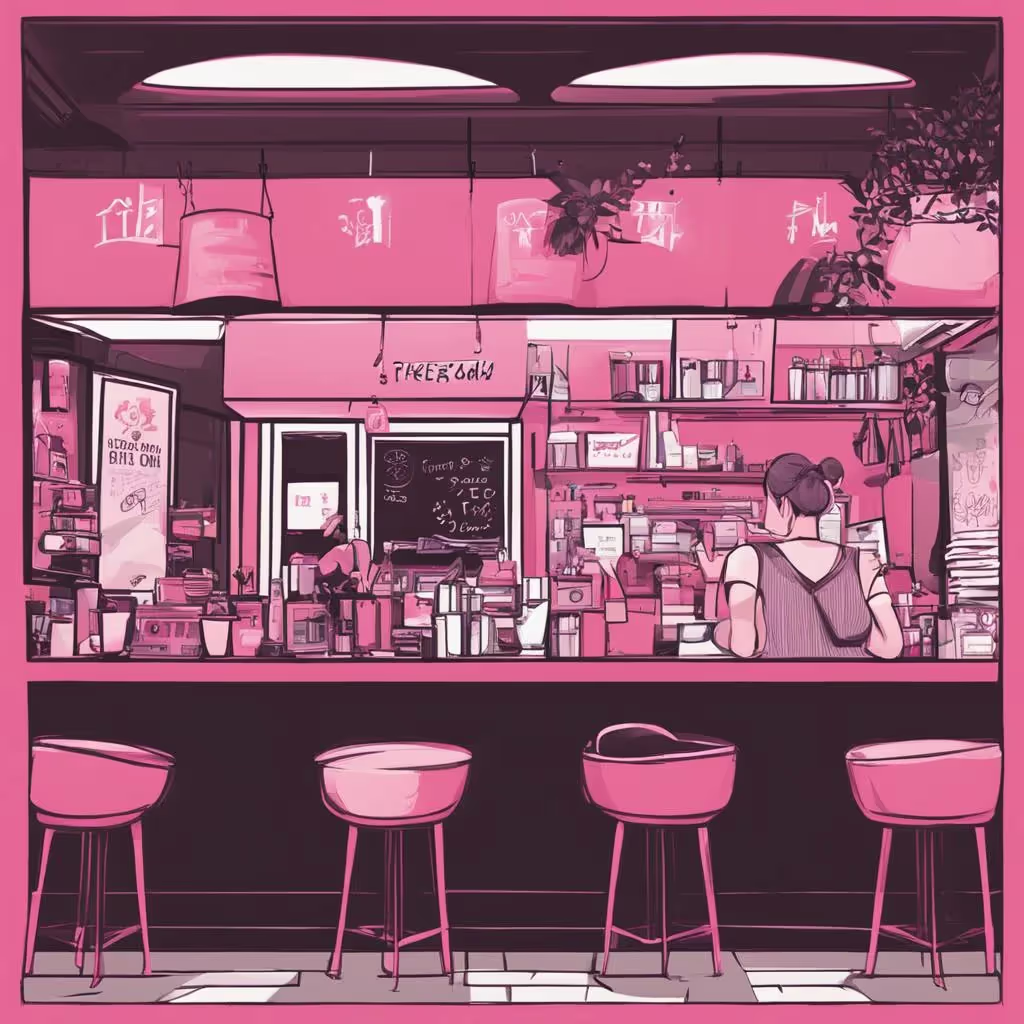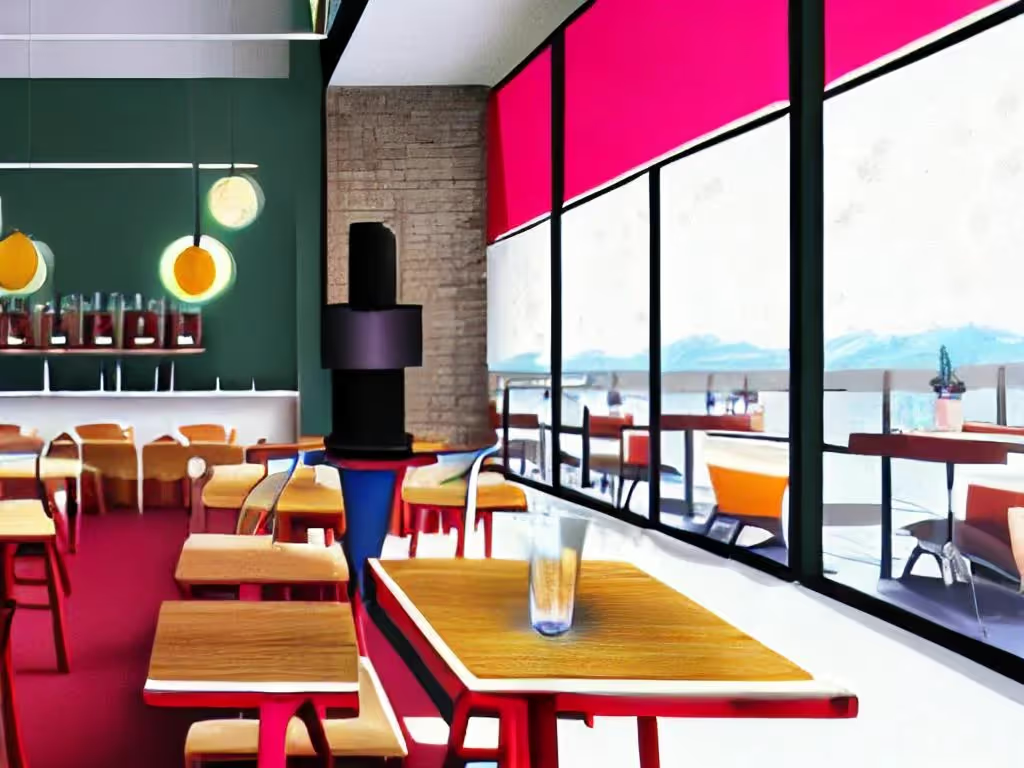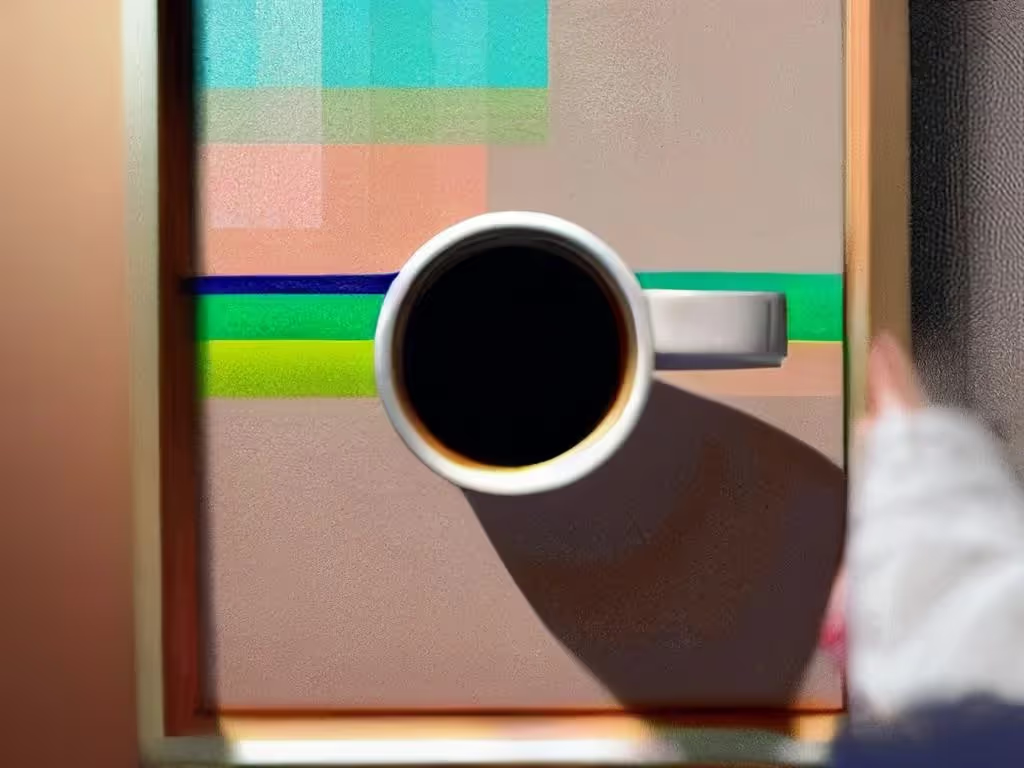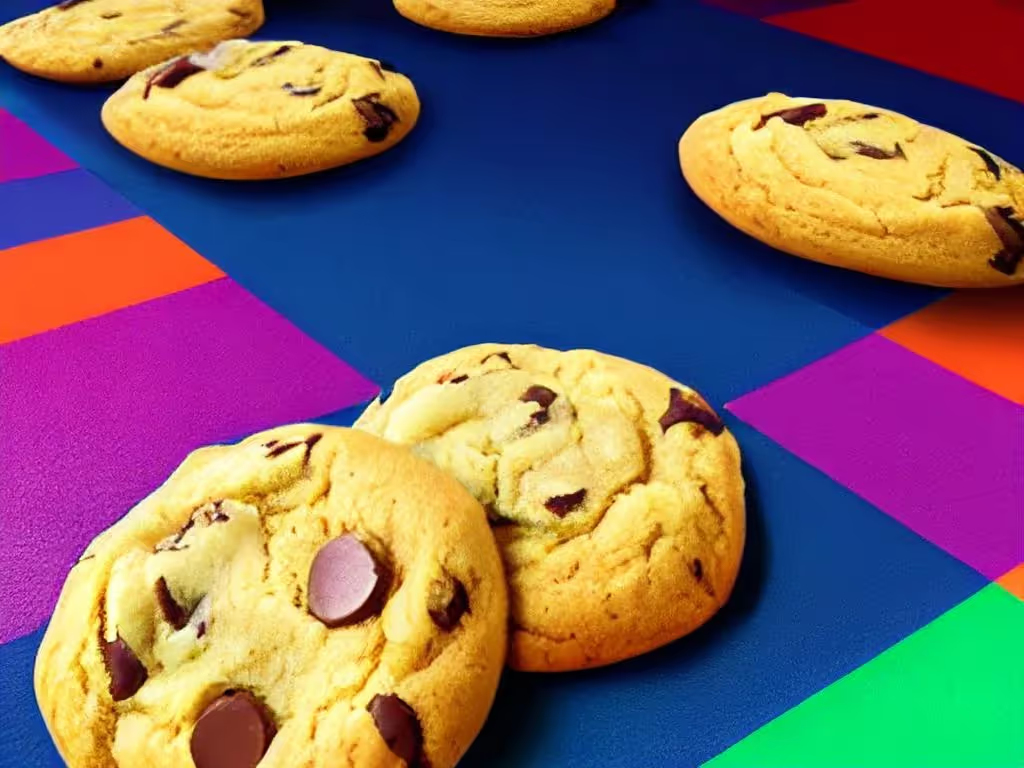TLDR
Cafés thrive on speed, simplicity, and comfort. Customers often stop by for a quick break, a casual catch-up, or to work without distractions. But long lines, delays in getting menus, and slow payment processes can quietly hurt that experience. That’s where Order & Pay at the table helps. It’s become one of the most practical tools for modern café operations.
In busy coffee spots where customers want flexibility, QR-based ordering systems are becoming a natural fit. And cafés like Outro Café in NYC are already showing what that looks like when done well.
%20(1).avif)
What Is Order & Pay at the Table?
Order & Pay at the table is a digital system that allows customers to order and pay directly from their own phones by scanning a QR code placed on the table. There’s no need to wait for a server to take the order or bring a bill. It’s self-directed, fast, and fully touch-free. Over the last five years, this method has seen a steady rise in adoption, especially in cafés and fast-casual settings where speed and convenience matter.
This setup is different from traditional online ordering or self-service kiosks. Each table has its own code. Customers scan it, browse the full menu, select items, pay securely, and even leave a tip—all within the same session. The entire process typically takes less than a minute.
There are no printed menus to handle, no bills to split manually, and no need for physical cards or pens. Everything stays on the customer’s screen, streamlining the experience across the entire café floor.
How Does This System Work with QR Codes?
The core of this system is a simple QR code. Each table has a unique code, usually printed on a small placard or sticker. When a customer scans the code with their phone camera, they’re taken to a digital version of the café’s full menu. This is not an app download. It’s a lightweight mobile experience that opens in the browser.
Once the menu is open, the customer selects their items, adds modifiers if needed (milk type, size, extra shots, etc.), and proceeds to payment. Card details, Apple Pay, or Google Pay are all commonly supported. After the order is placed, it is sent directly to the kitchen or barista station.
Tipping is included in the payment process, which often increases tip totals since it’s built into the experience and doesn’t rely on awkward checkout moments.
According to data from QSR Magazine, digital orders now make up 20 to 30 percent of transactions in fast-casual settings, and a large share of that comes from in-store QR-based ordering tools.
Cafés and coffee shops are quickly adopting the same model because it requires less setup than a full POS system and integrates directly into daily traffic without disrupting the workflow.
Why Order & Pay Fits the Café Model (With Outro Café as a Use Case)
Order & Pay at the table has become a natural fit for cafés because of the way people interact with these spaces. Unlike full-service restaurants, cafés attract guests who value speed, independence, and the ability to control their visit. It’s not uncommon for people to arrive alone, work for long stretches, or return to the counter for multiple orders. In these cases, queueing or flagging staff can create small but noticeable friction.
Outro Café is a clear example of how this model works in a real café setting. Located near several educational institutes and creative offices, it draws a stream of students, freelancers, and regulars. The team implemented table-side ordering using QR codes at every seat. Customers can scan, order, and pay within minutes, without needing to leave their table or wait for service.
This setup helps address two common challenges: limited staff and high foot traffic. Baristas can stay focused on making drinks and handling pickup rather than juggling front-of-house communication. The system also reduces pressure during peak hours when staff are stretched thin. Fewer bottlenecks at the counter mean orders come in more evenly, and tables turn over with less disruption.
At Outro, customers now order when they’re ready, avoiding delays that often come with busy lines. It’s a better experience for both sides. The shop maintains flow, staff feel less overloaded, and guests feel in control.
Order & Pay Helps Increase Google Reviews and Ratings
Speed and convenience alone don’t grow a café’s reputation. What customers say online has a major impact on visibility and trust. One often overlooked benefit of using Order & Pay systems is how easily they can be connected to a review prompt at the end of the experience.
Once the order is complete and the customer finishes their visit, the system prompts them to leave feedback that directly links with Google. This happens automatically on the same phone they used to place the order. There’s no extra form to fill out, and no app download required.
Getting more reviews on Google Maps improves a café’s online presence. Positive feedback boosts local SEO rankings and helps new visitors choose your location over others. It’s also a direct way to measure satisfaction and identify service gaps in real time.
With Per Diem, this flow is built into the checkout experience. The guest completes payment, gets a clean prompt, and with a single tap, can submit a public rating. For cafés looking to build consistent online visibility, this is a lightweight and highly effective method.
Even without prompting, guests who have had a seamless ordering and payment experience are more likely to leave positive feedback. When you remove the friction from their visit, it shows up in how they describe your shop to others.
Final Thoughts
Order & Pay at the table is no longer limited to restaurants with full-service models. It has found a natural place in cafés, especially those with high foot traffic and minimal floor staff. By putting the menu, ordering, and payment into the customer’s hands, cafés can serve more people with less overhead and fewer delays.
Outro Café is a clear example of this in action. The system fits into their pace, their space, and their service style. It helps maintain order during busy hours while giving every customer a sense of control over their visit.
From operational efficiency to customer satisfaction, mobile-based ordering improves more than just convenience. It sets a new standard for how cafés can grow in a competitive market—faster lines, smoother service, and stronger reviews. Cafés that invest in these systems now position themselves for long-term consistency and better guest loyalty without needing to increase staffing.
If your tables are full but your counter is backed up, the solution may already be in your customer’s hands.


.webp)


.webp)
.png)
.webp)

.avif)
.webp)
.webp)
.webp)

.webp)







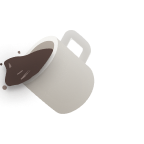


.png)
.png)







.svg)
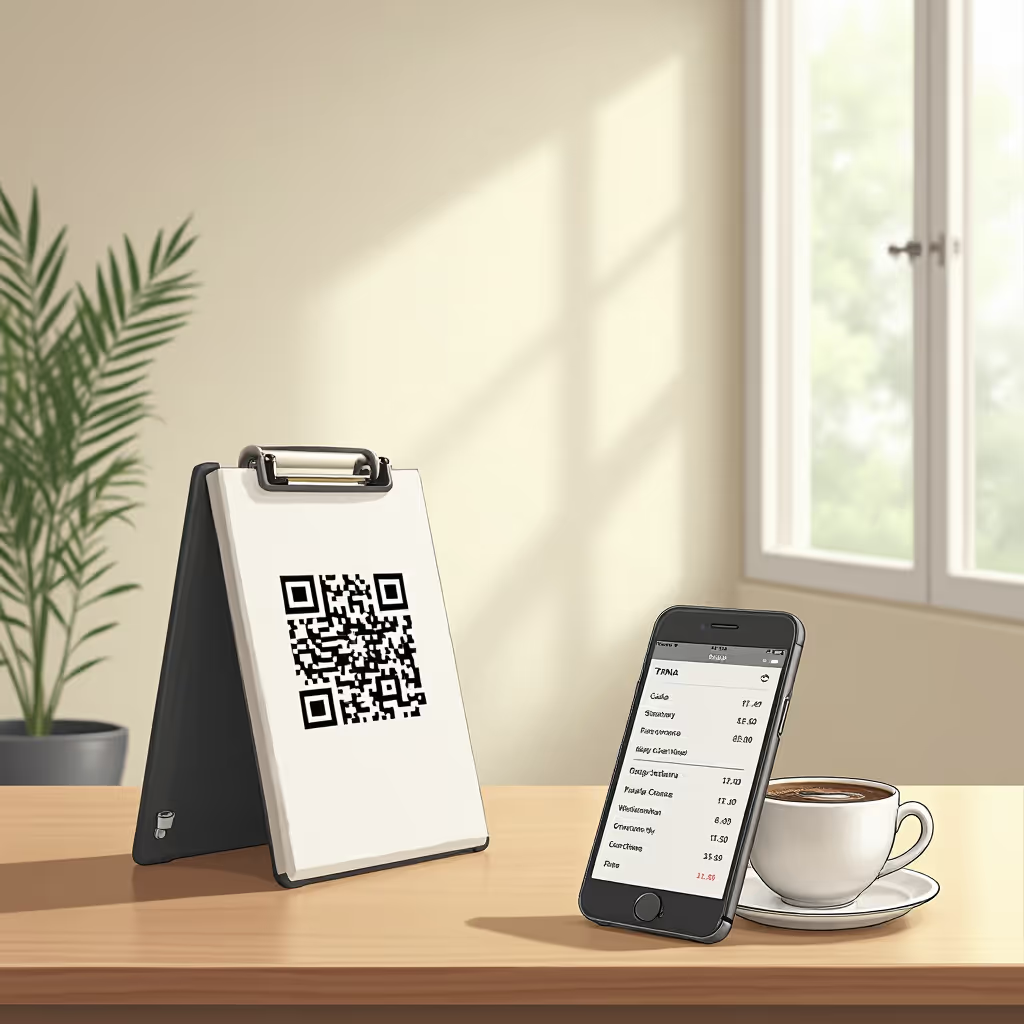




.svg)
.svg)
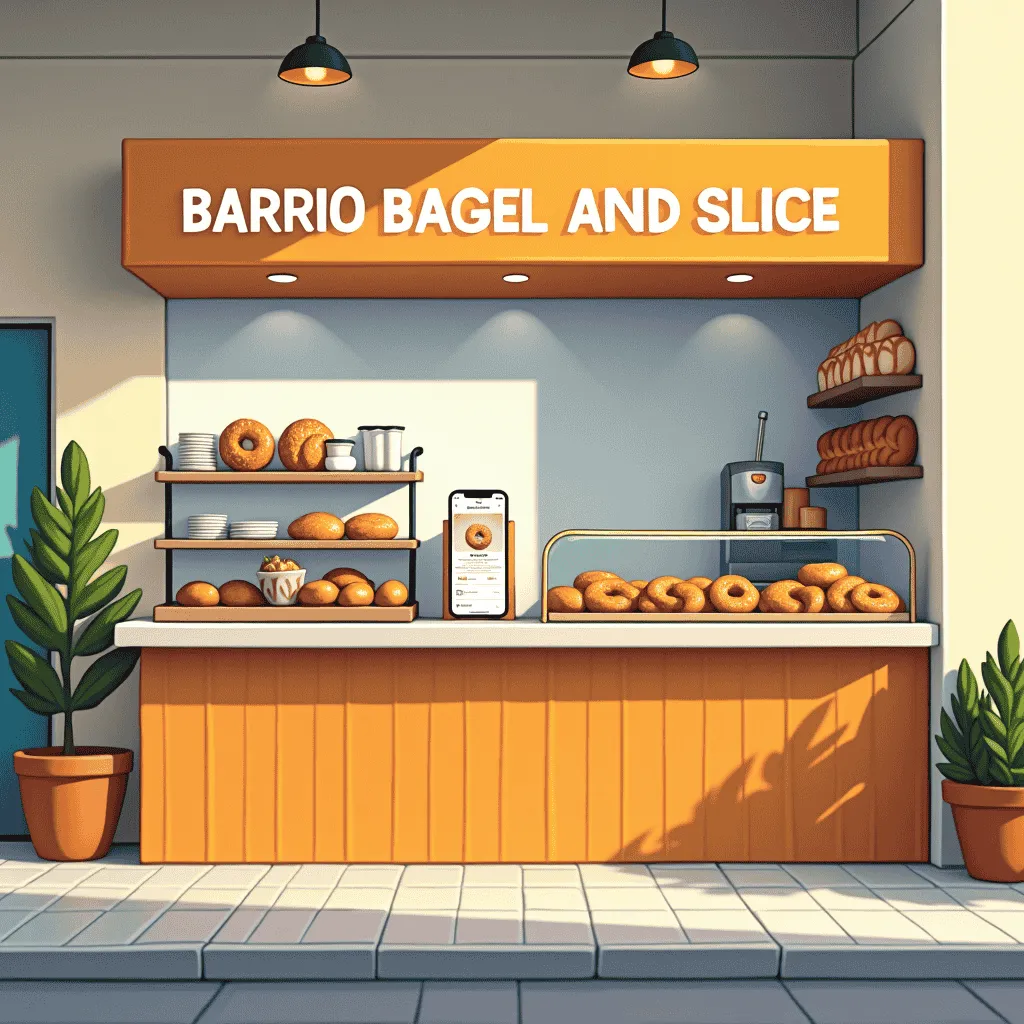

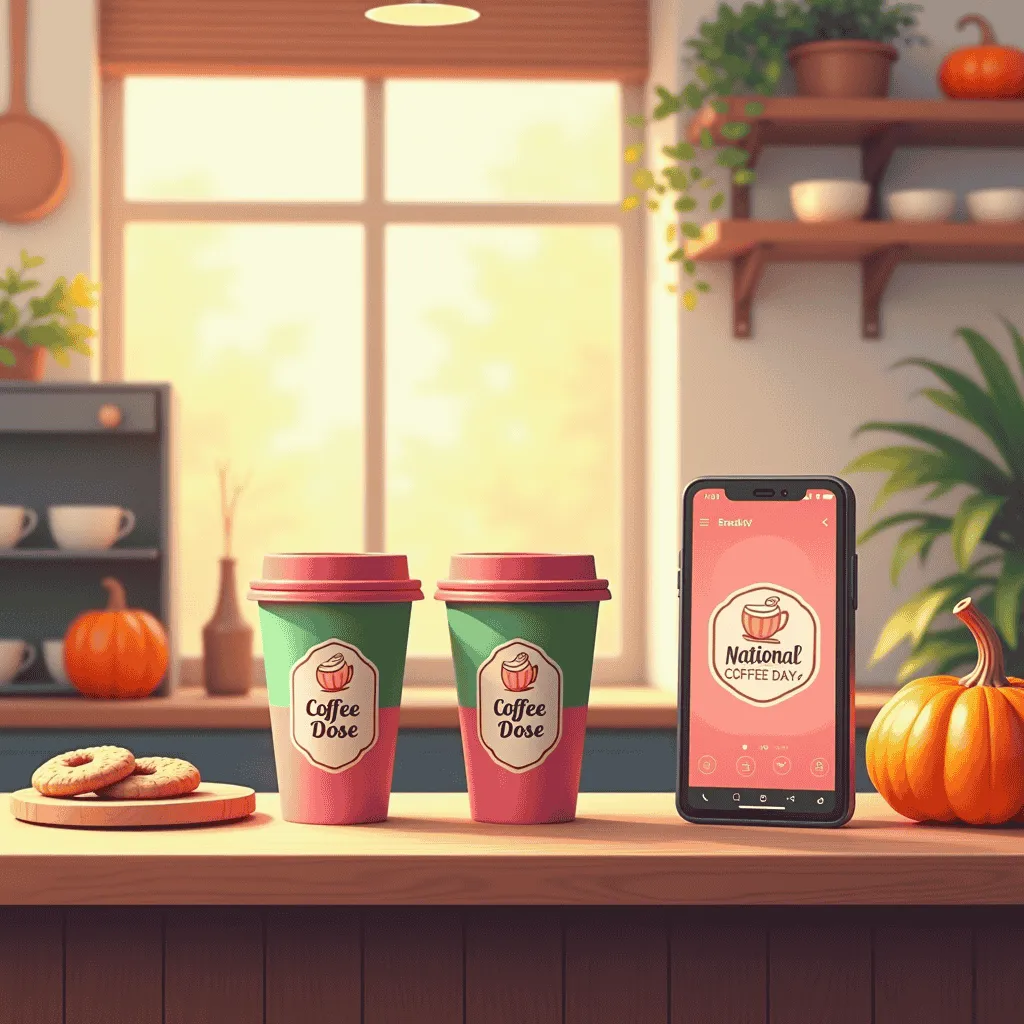
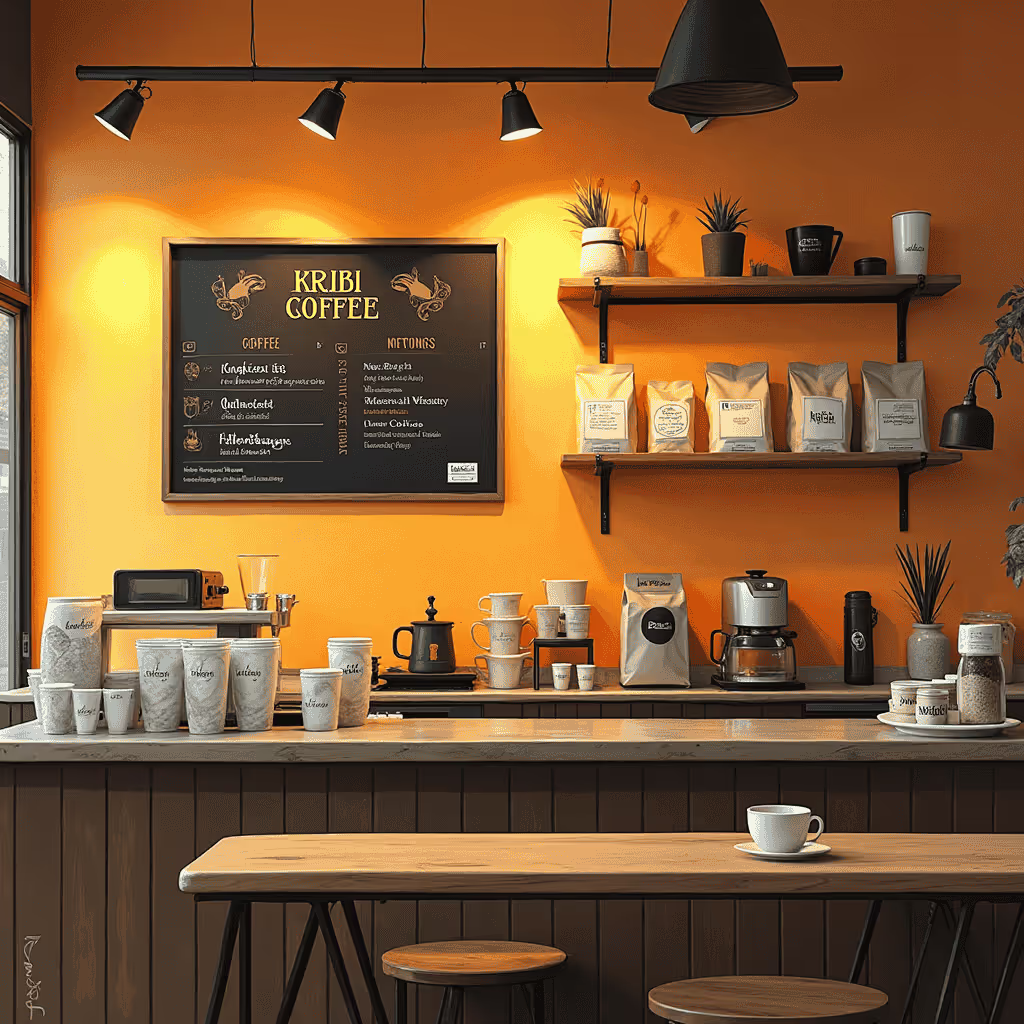
.avif)
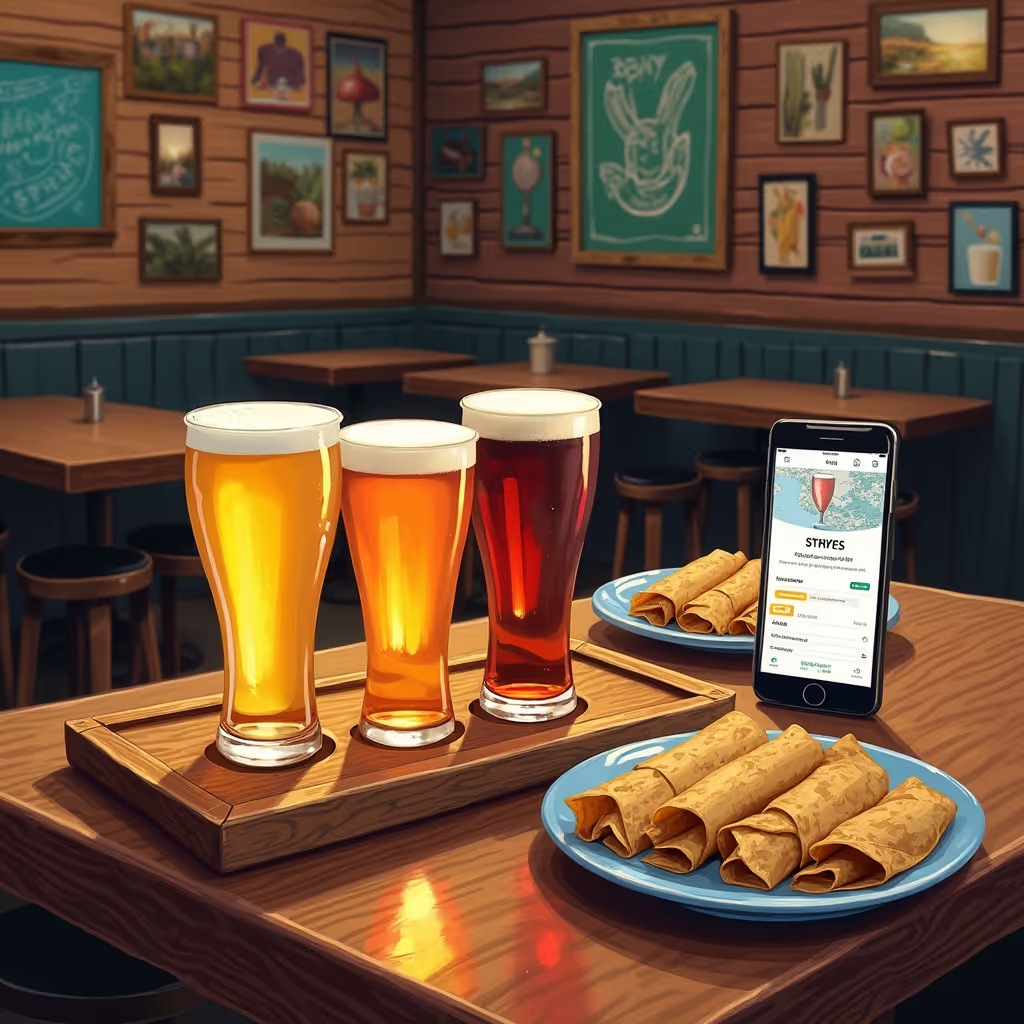
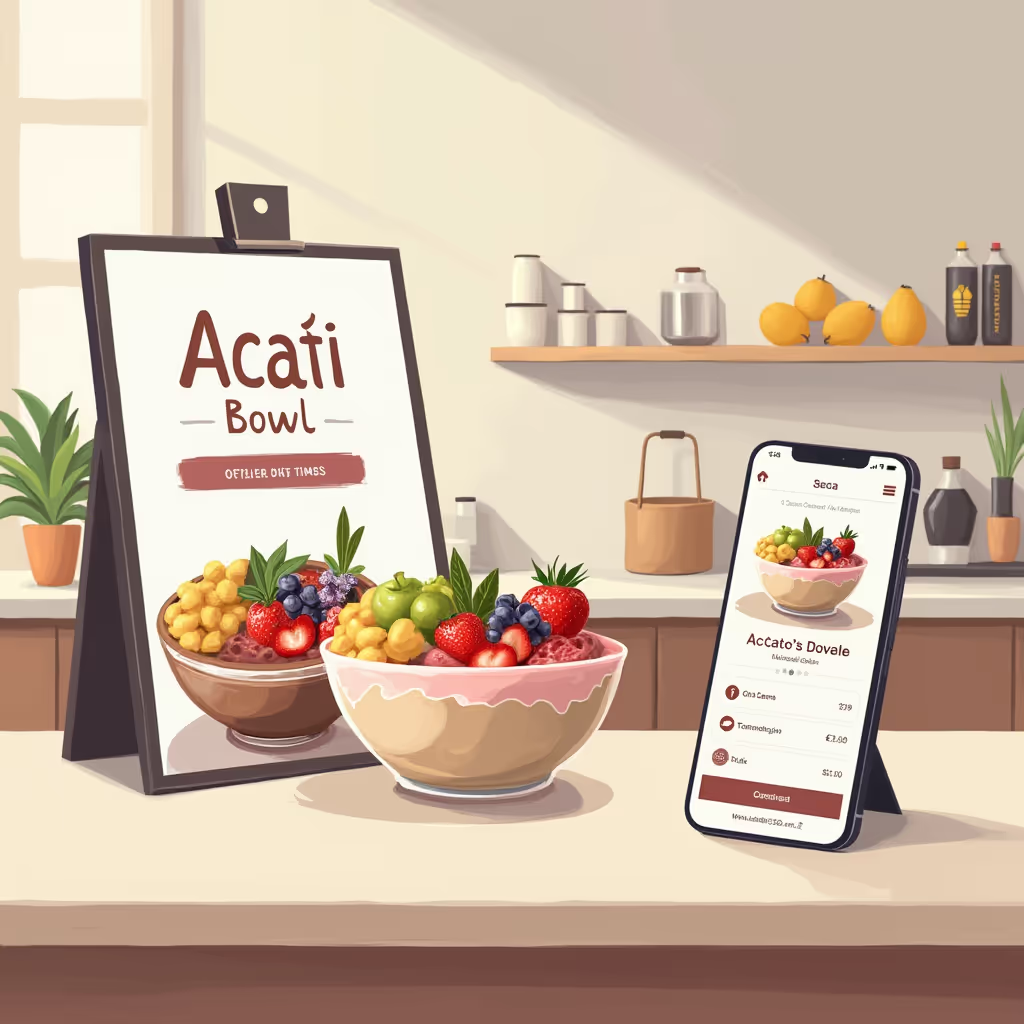
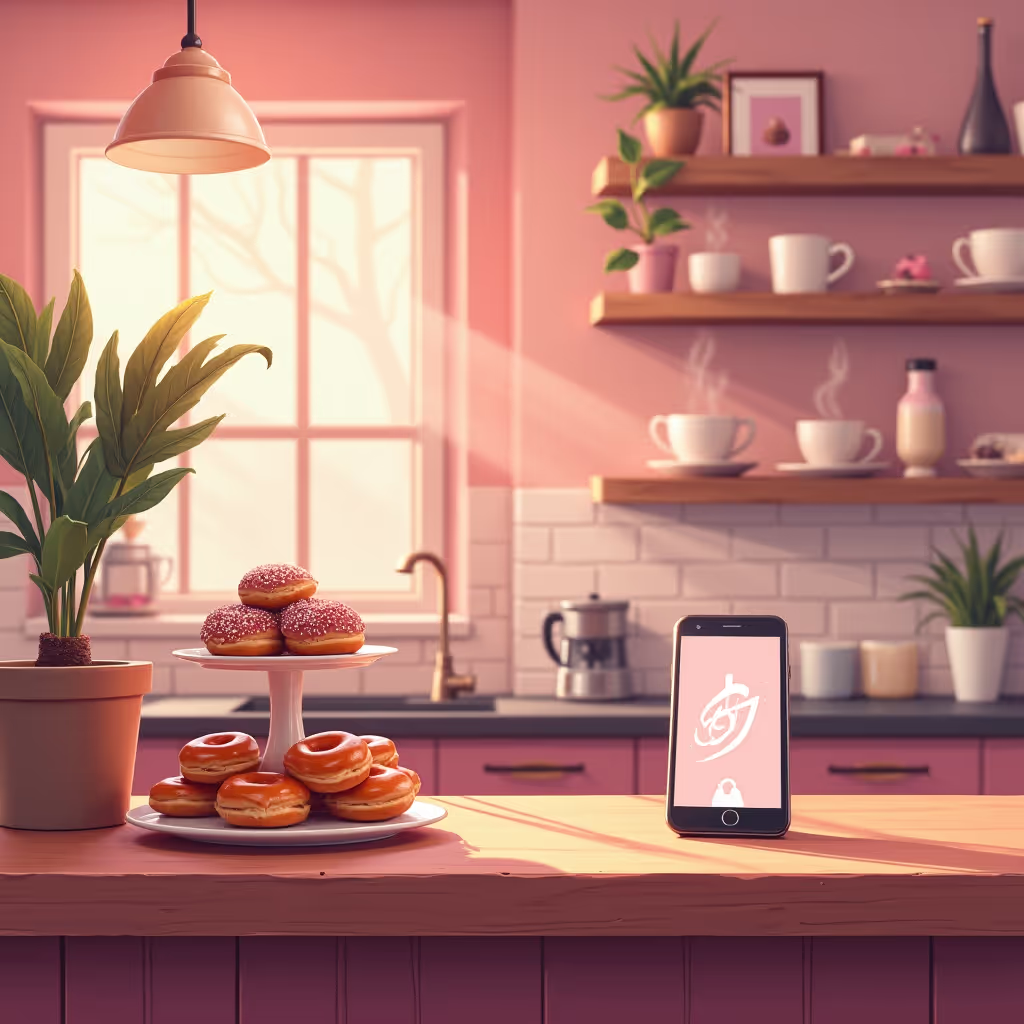
.avif)
.avif)
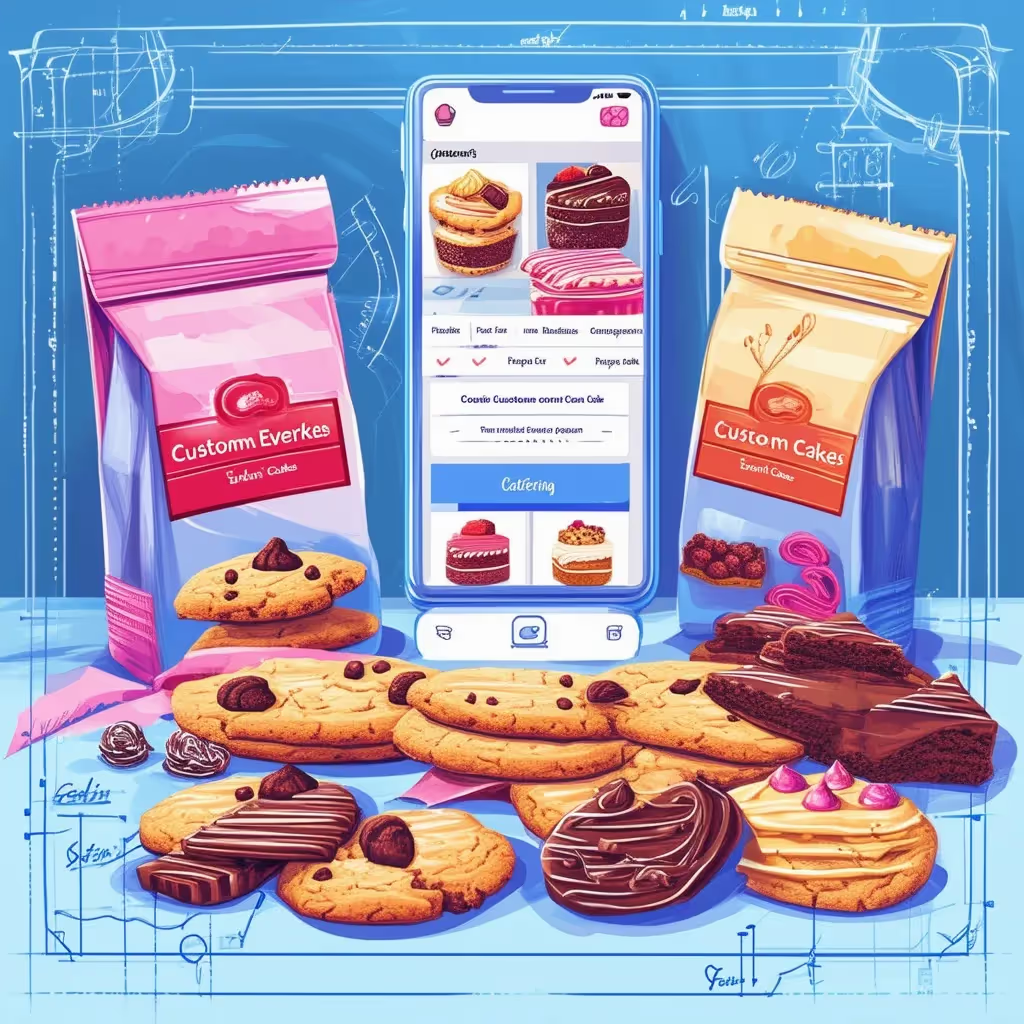
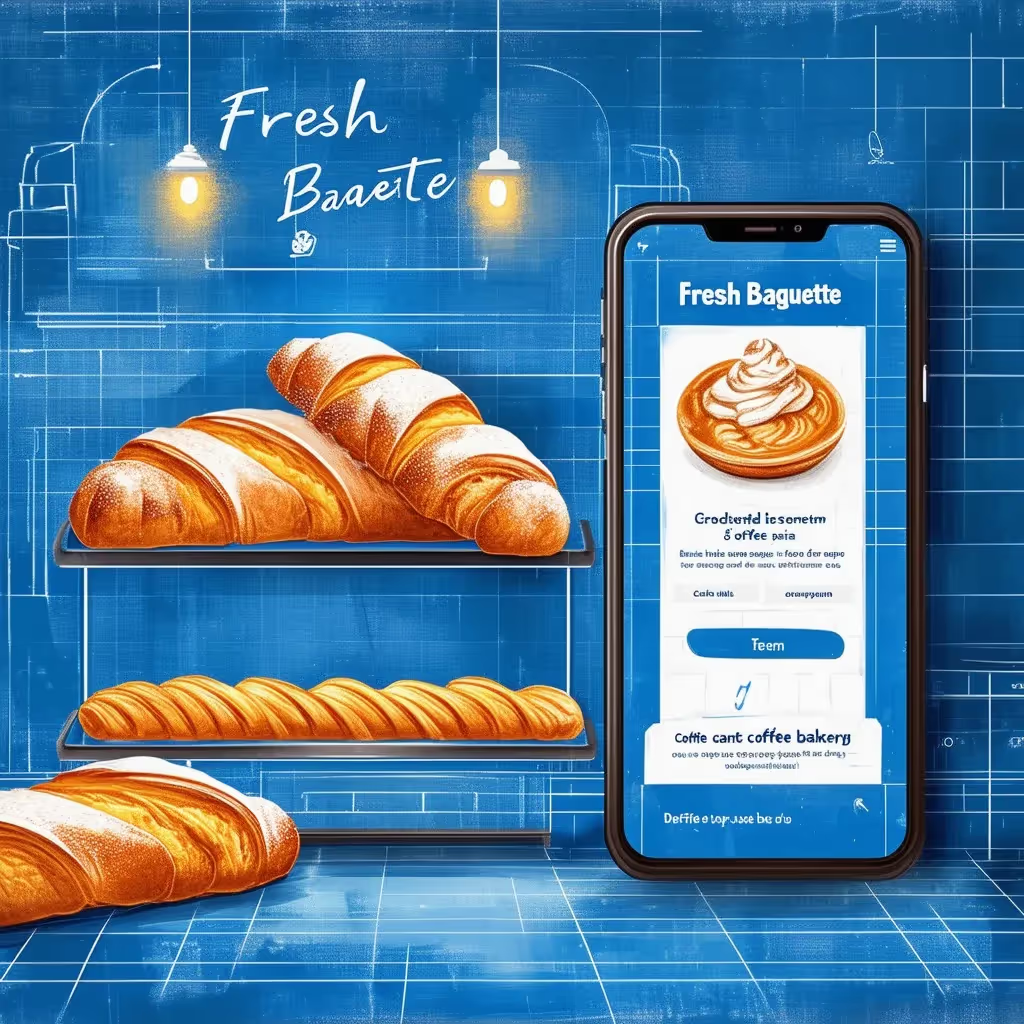
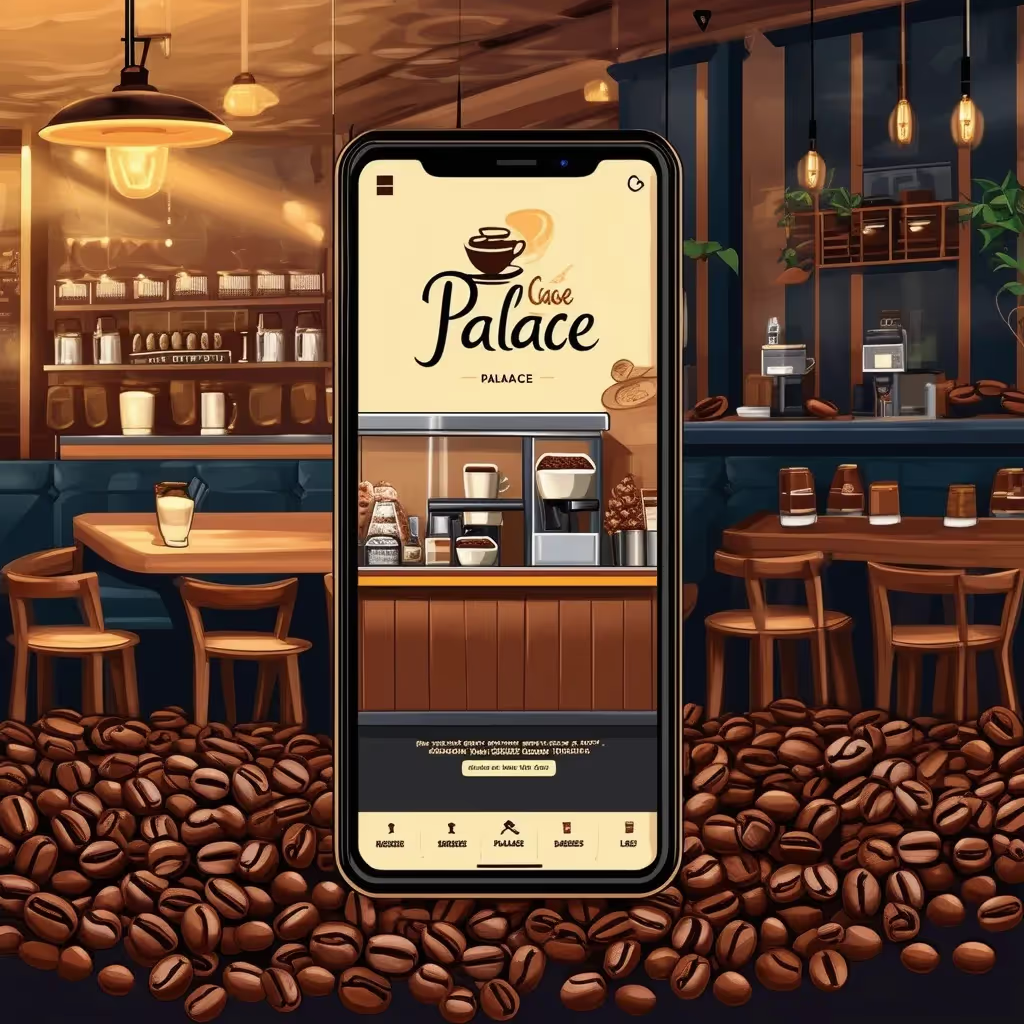
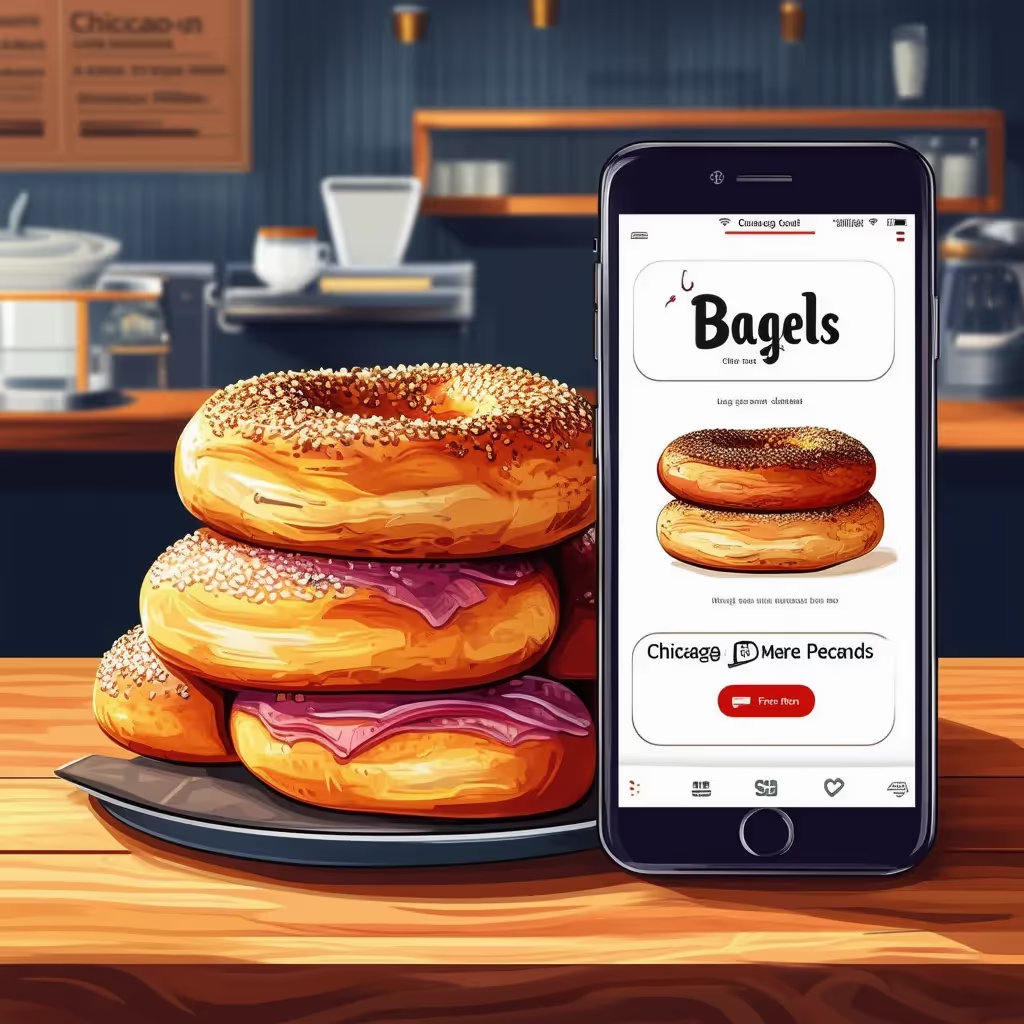
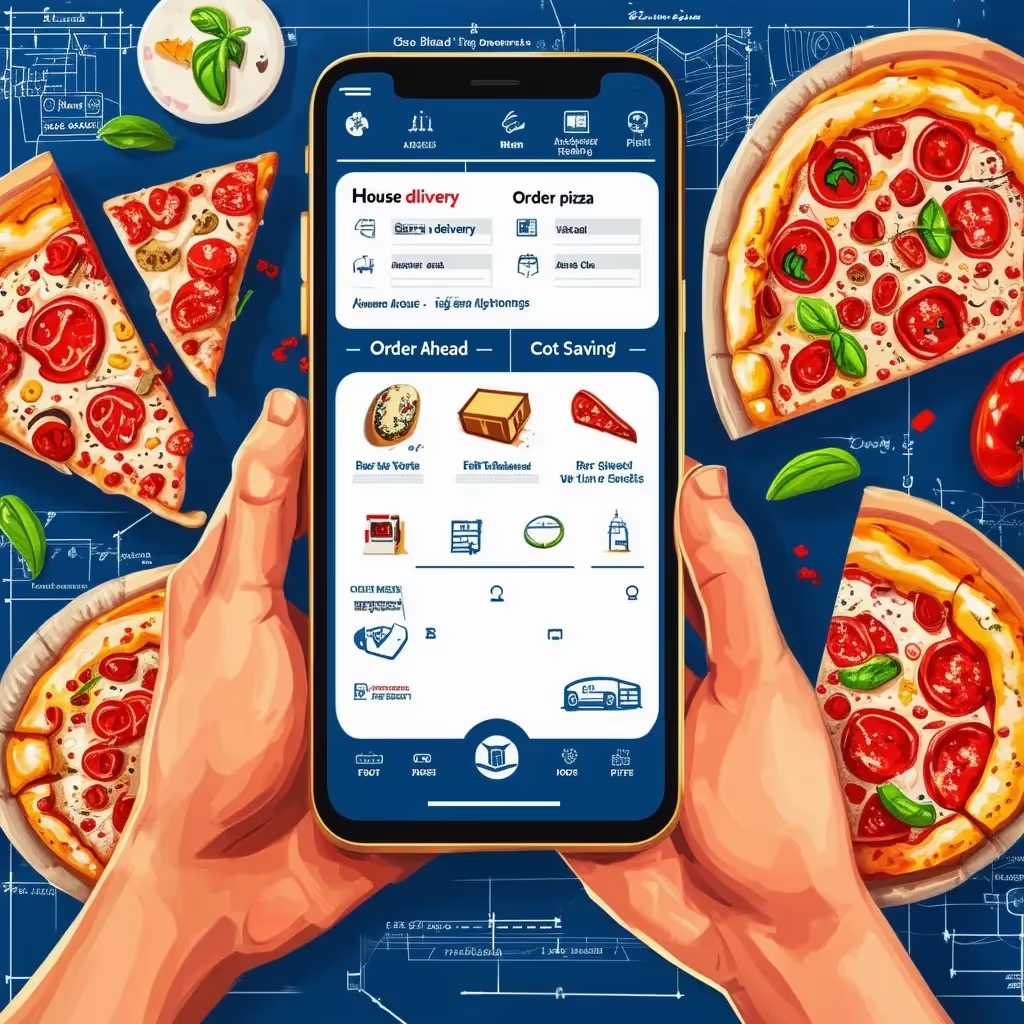

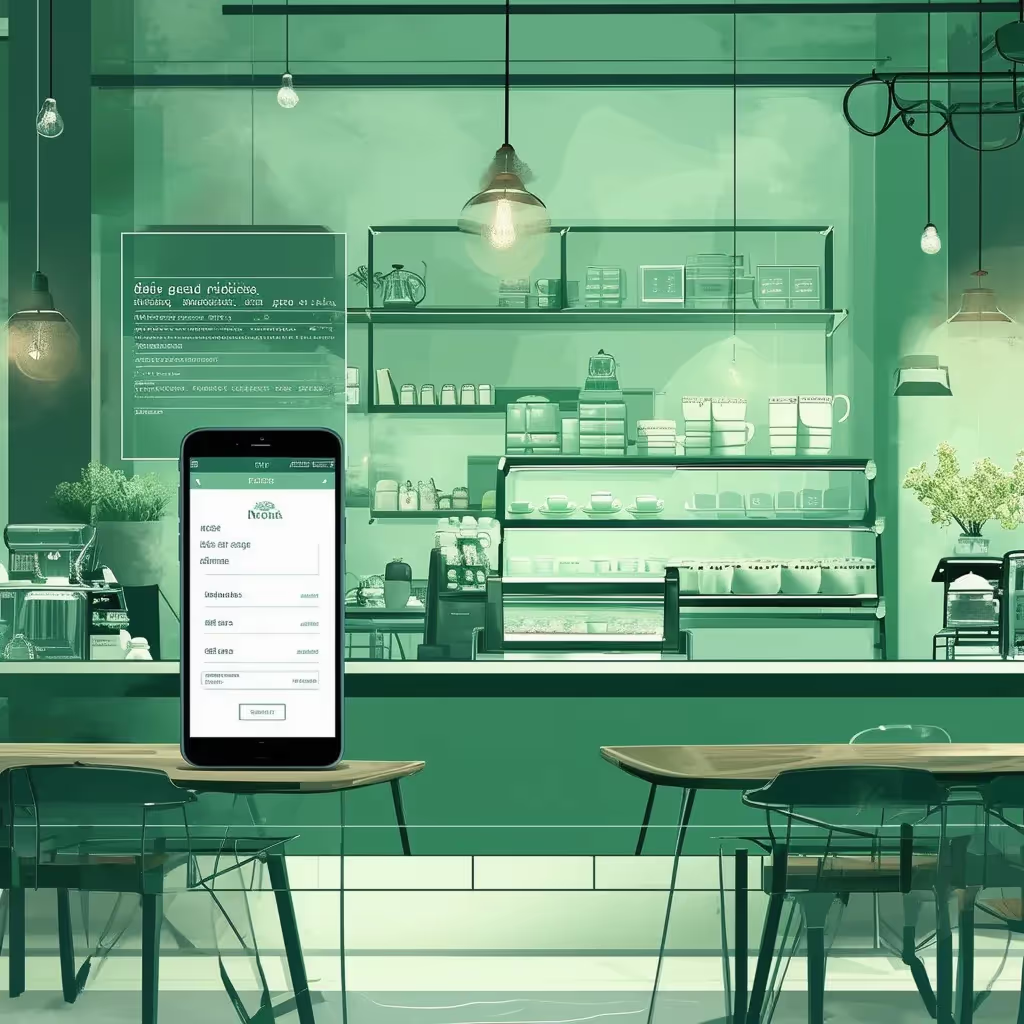

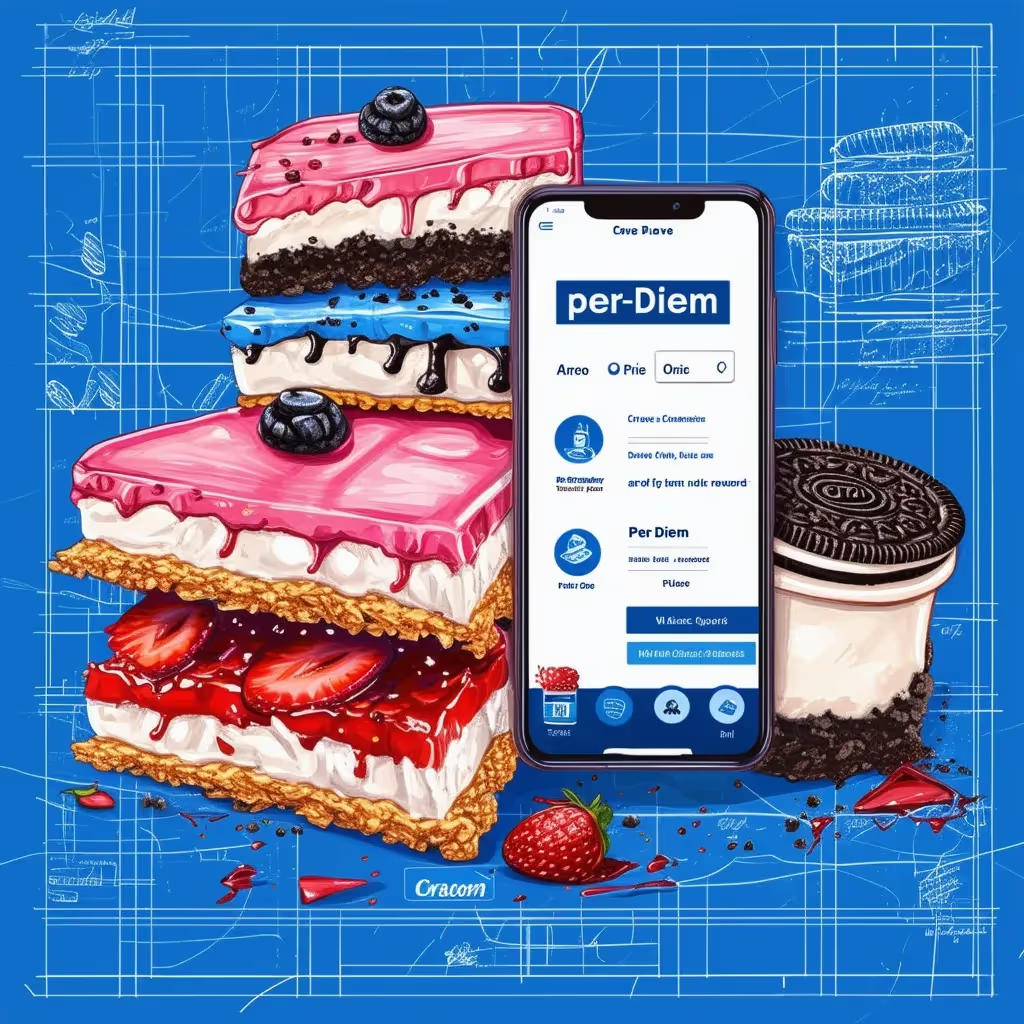
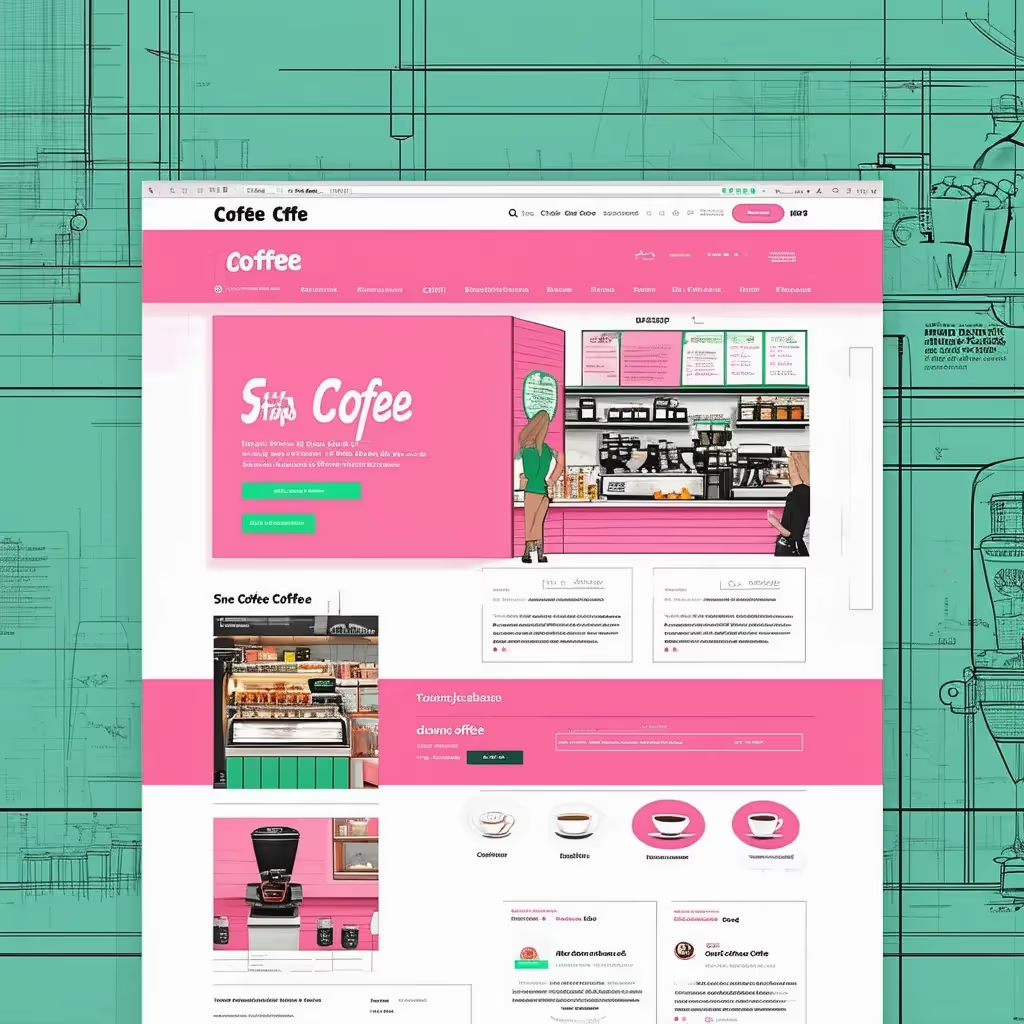
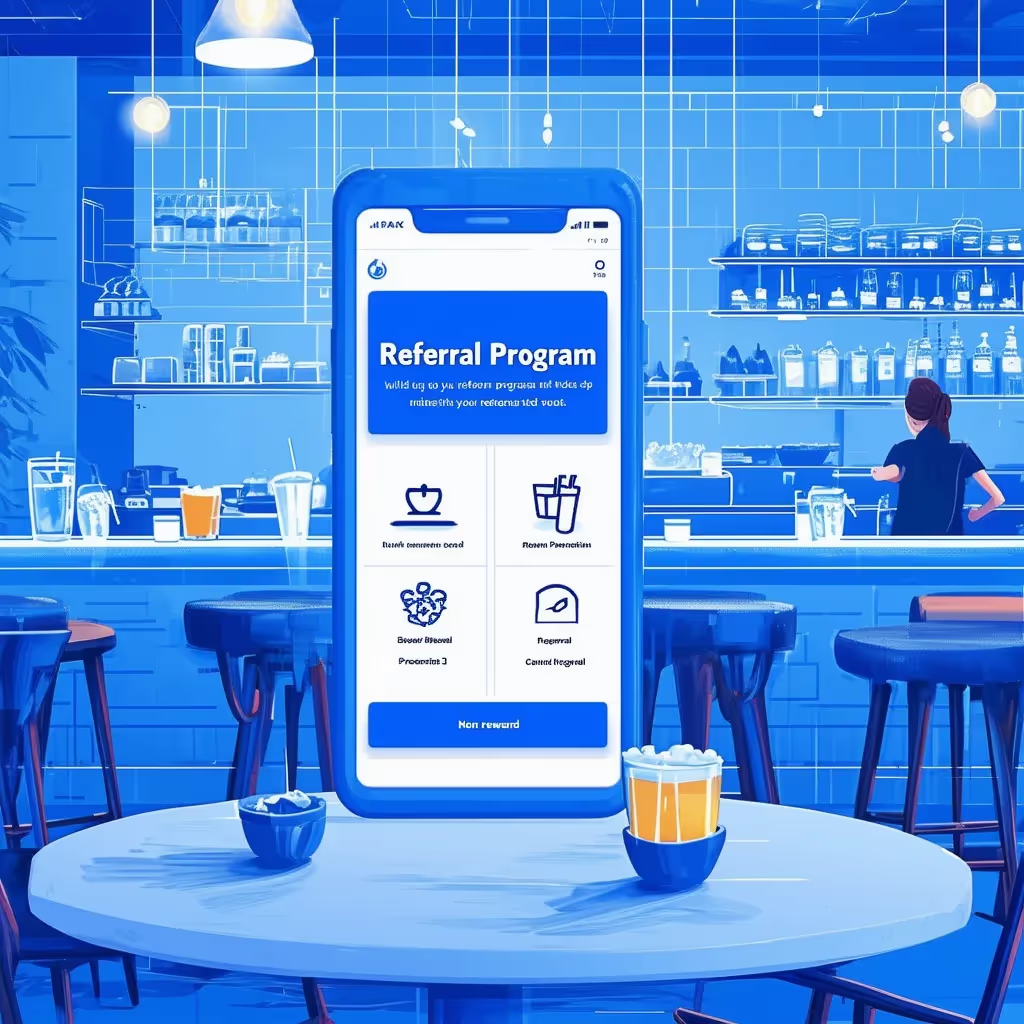


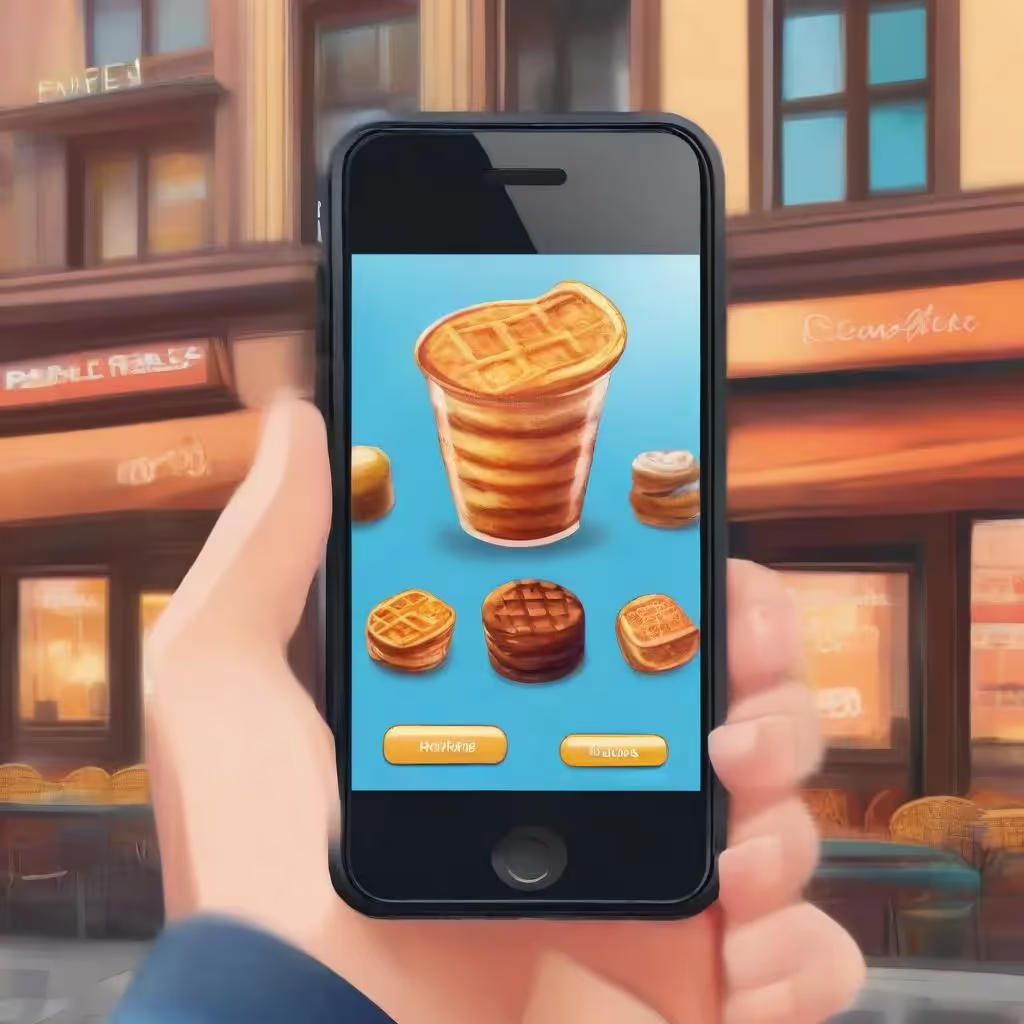
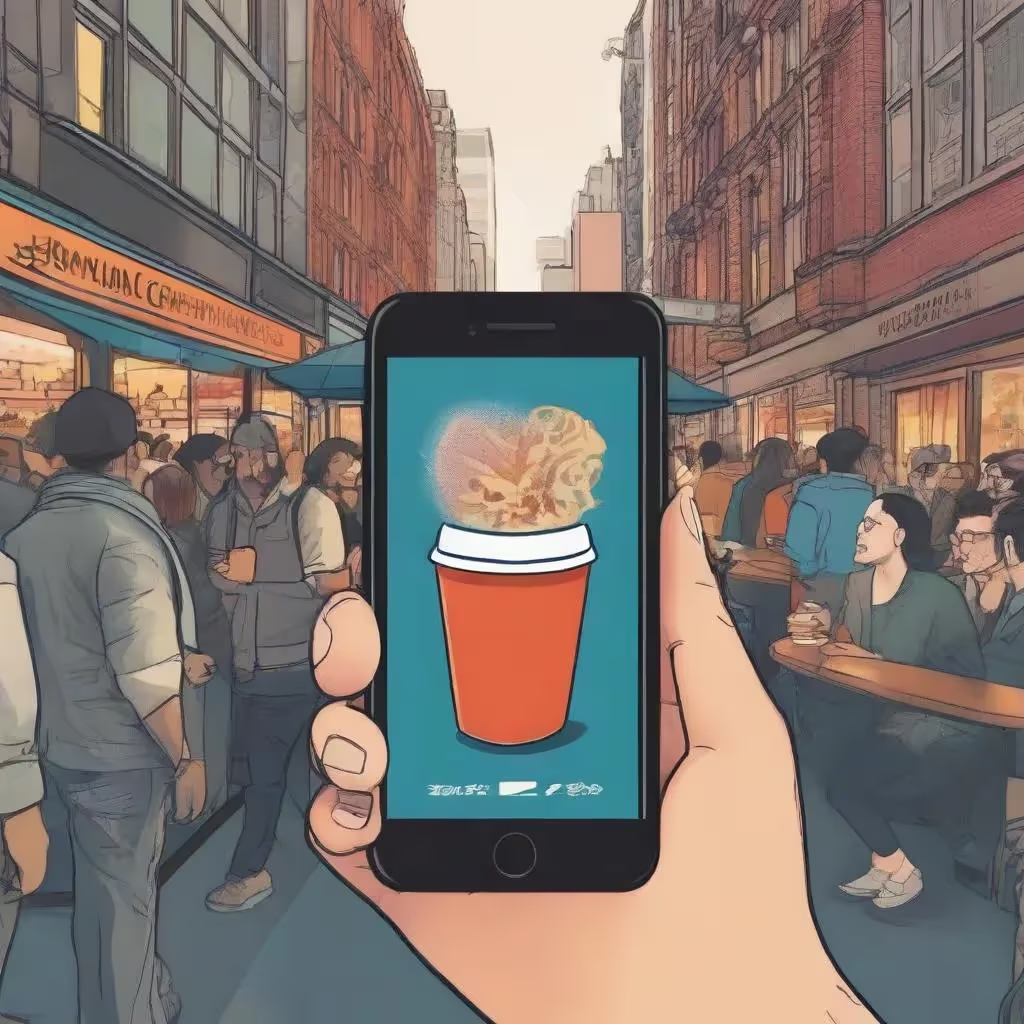
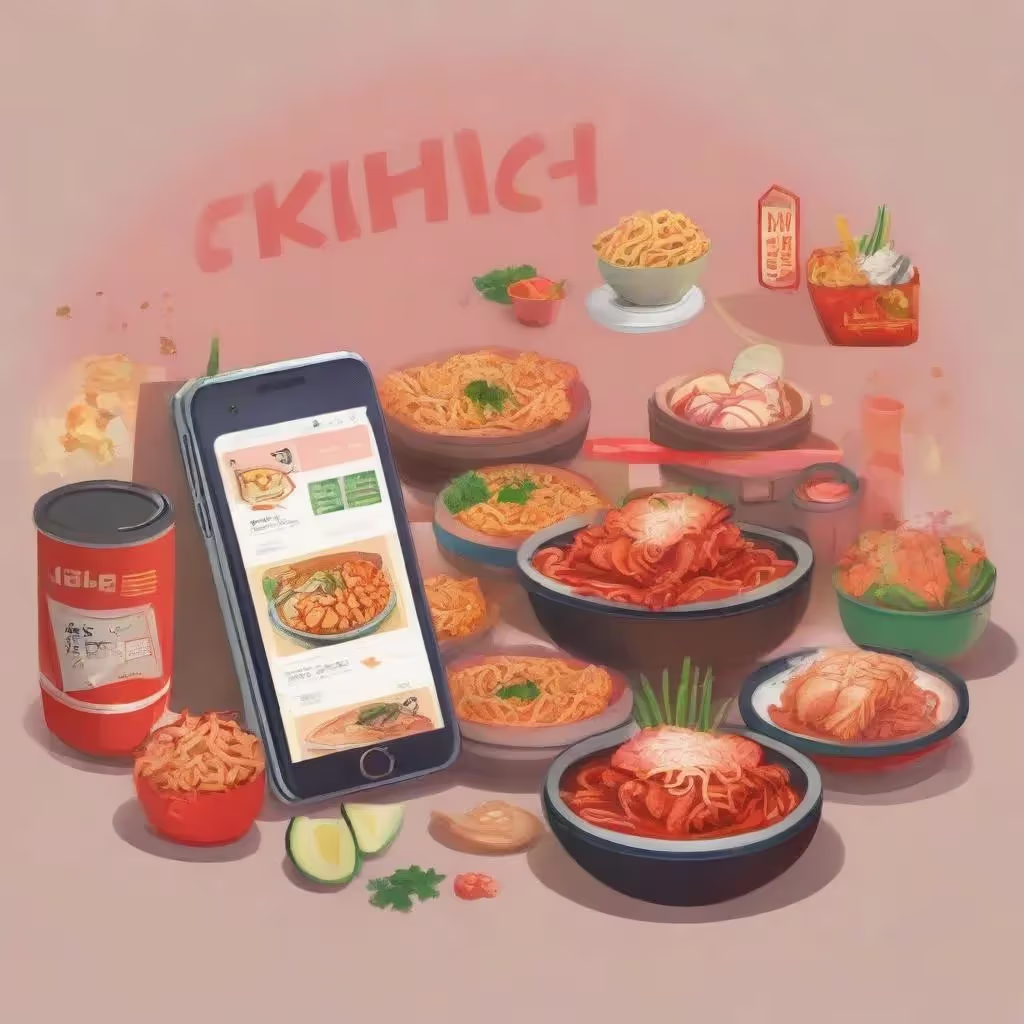
.avif)
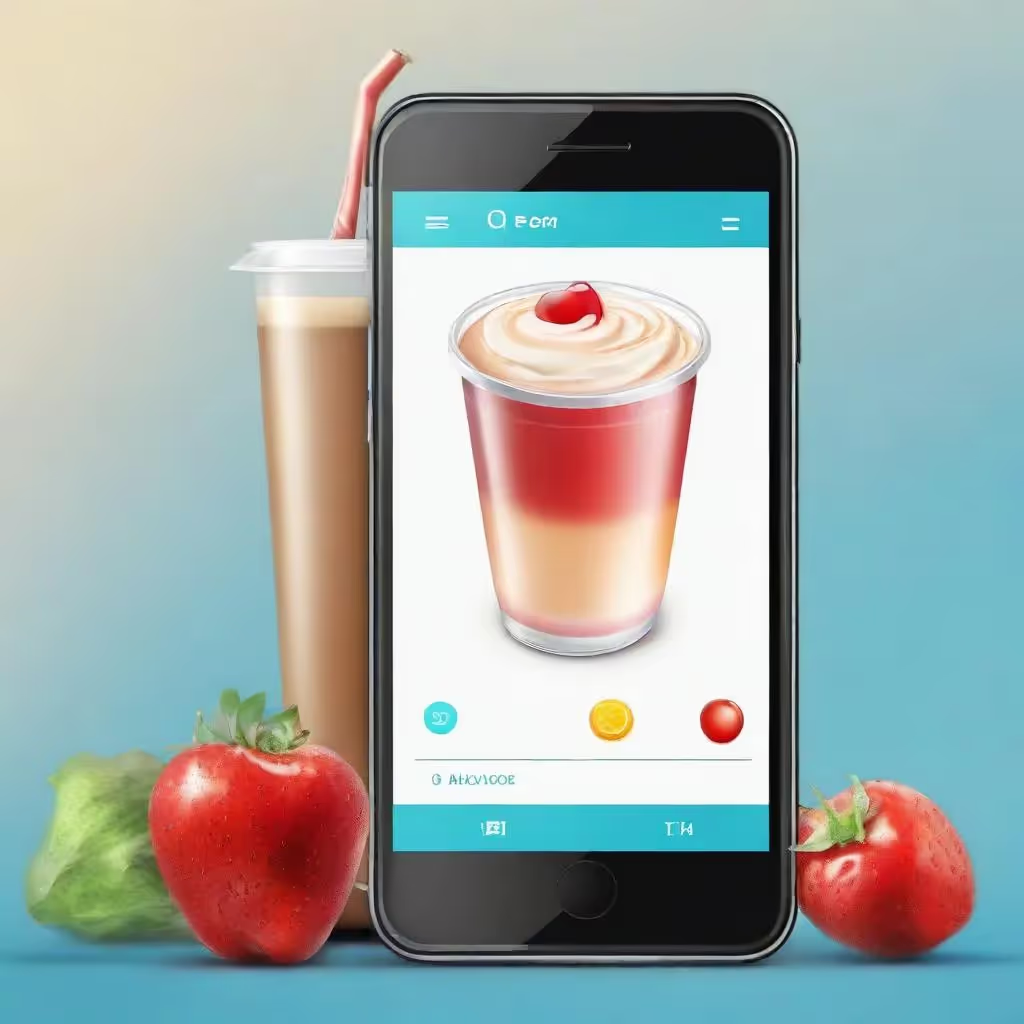



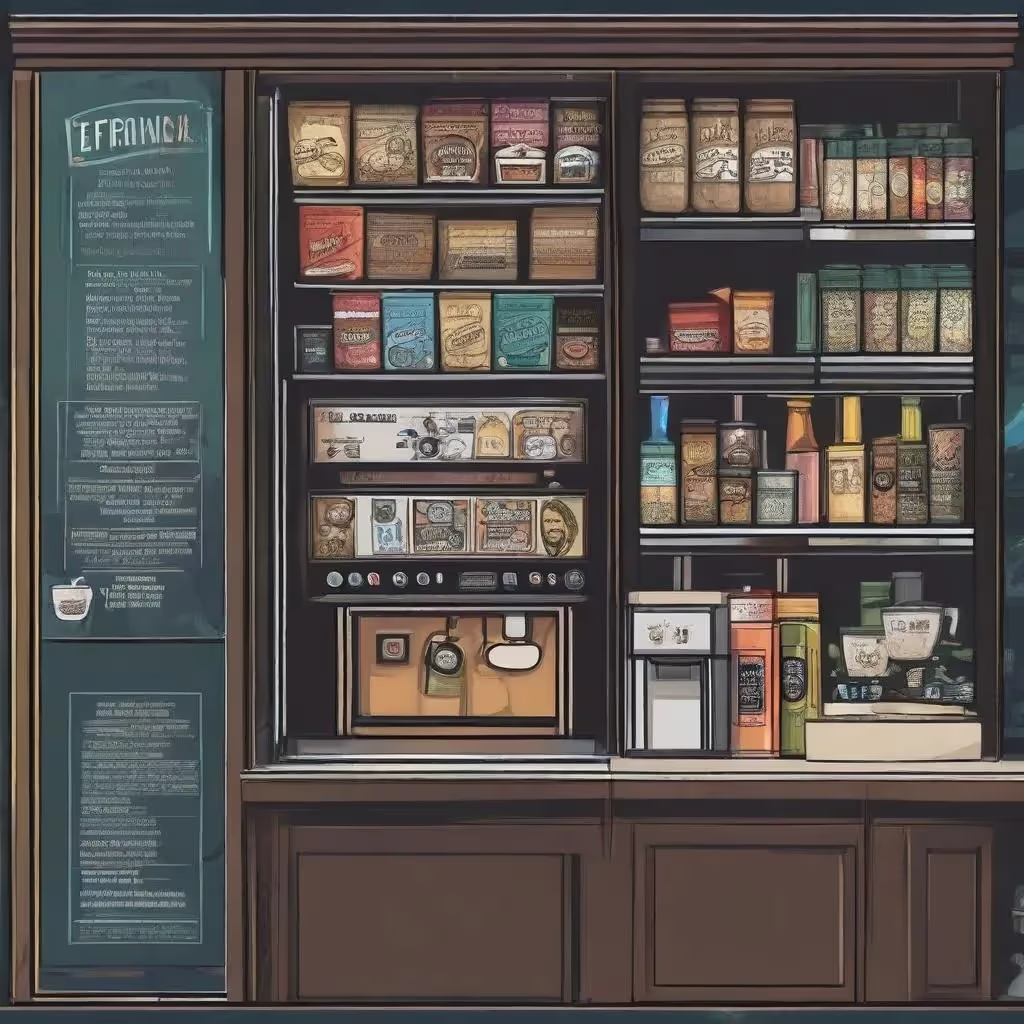
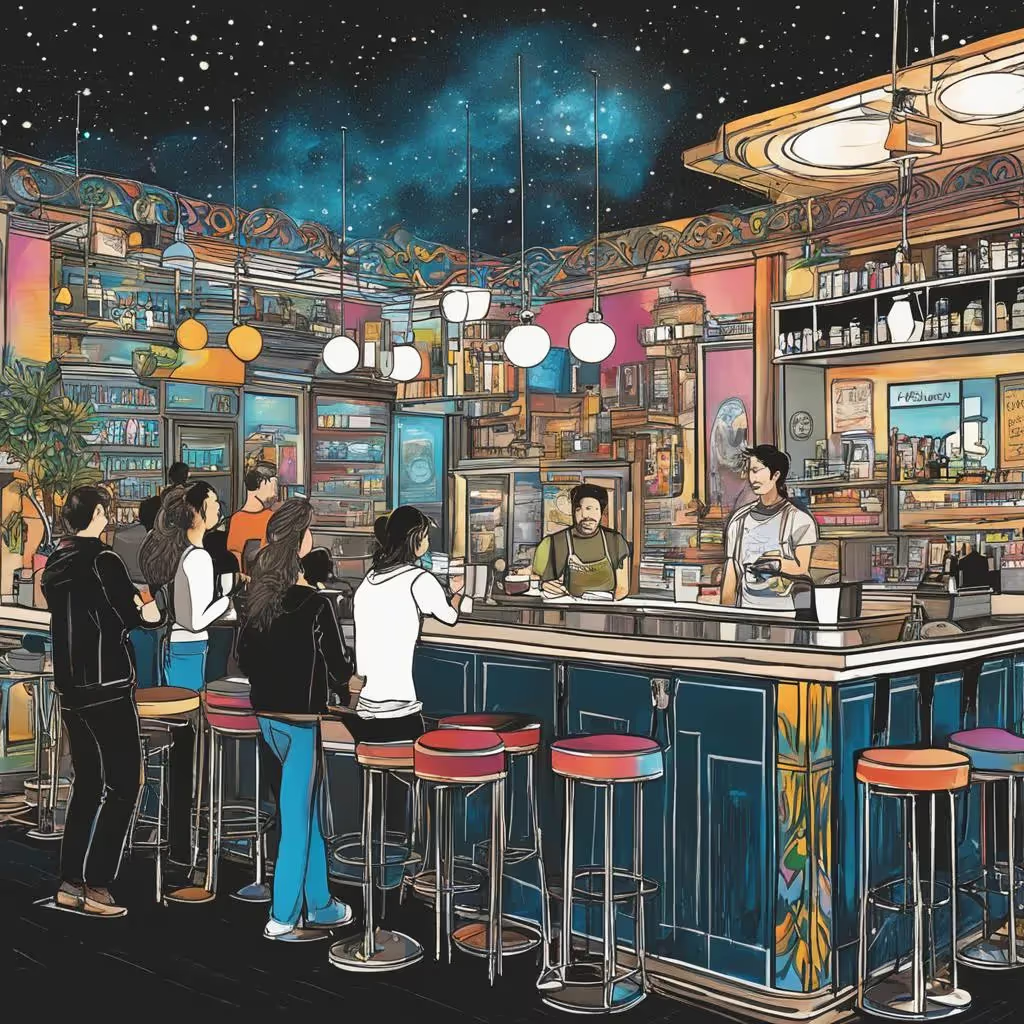
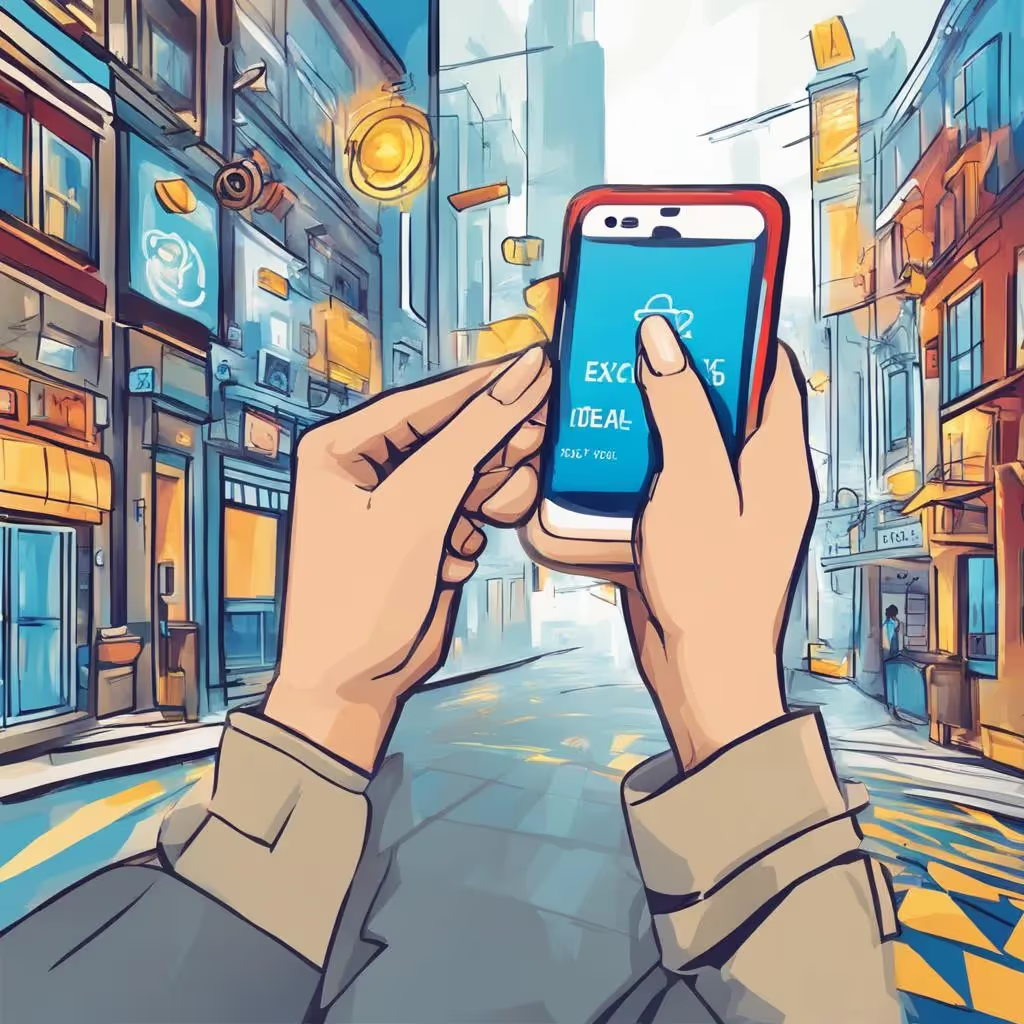
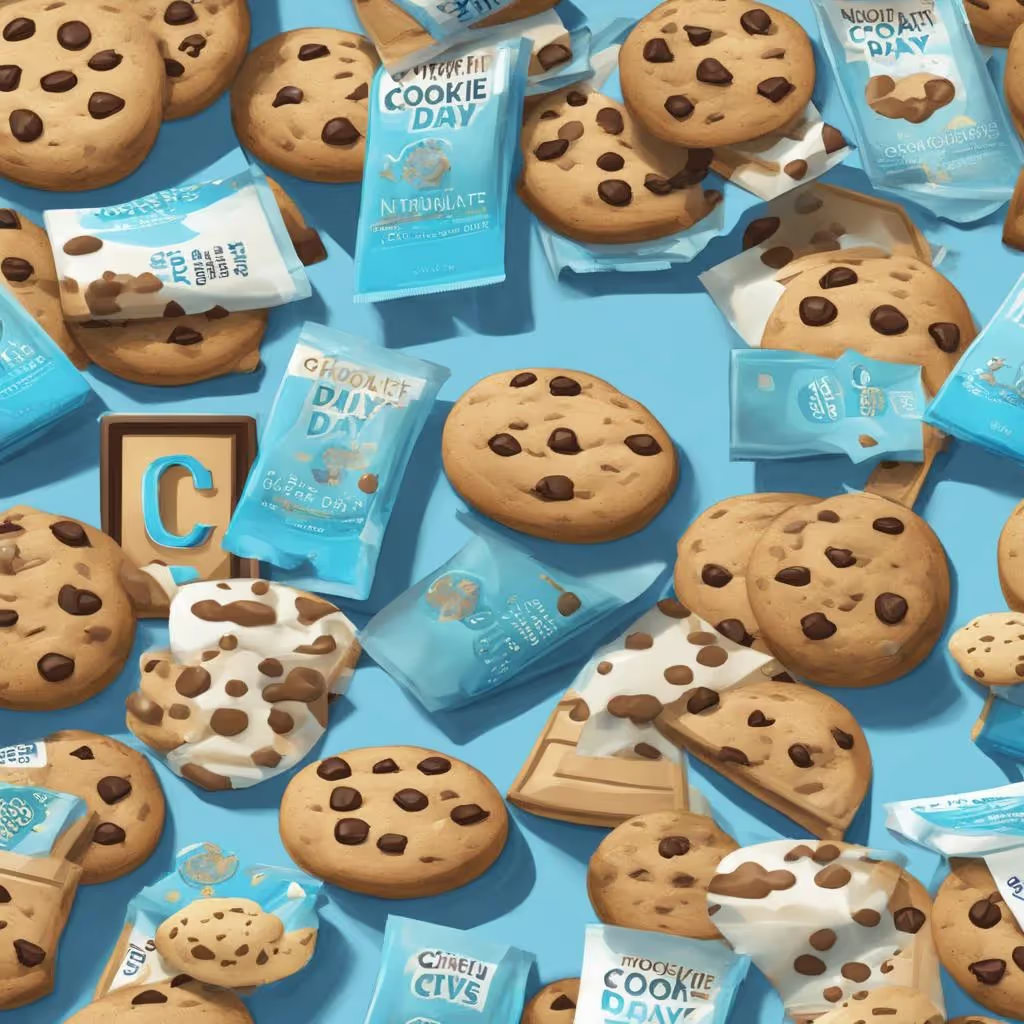
.avif)
